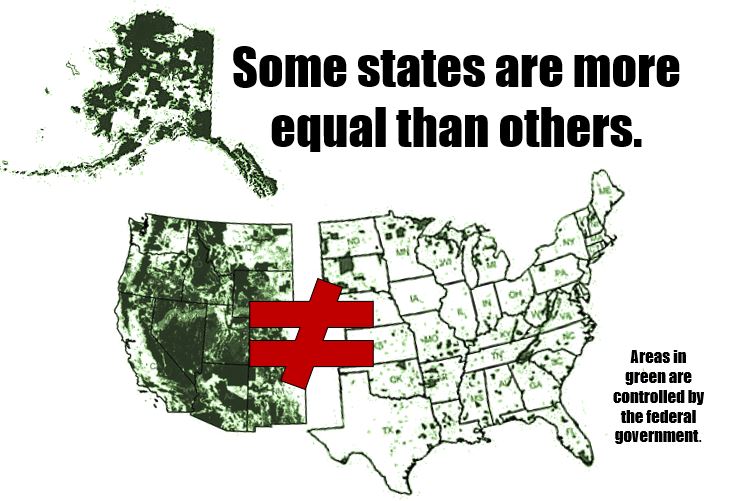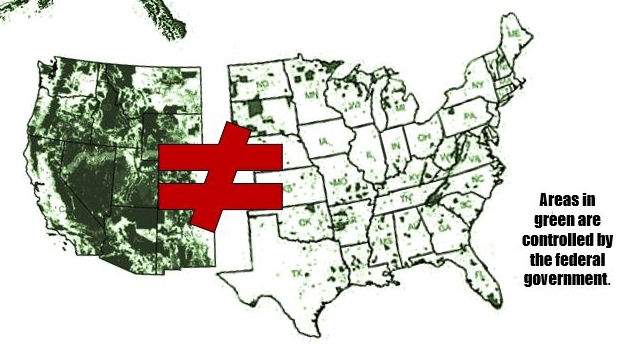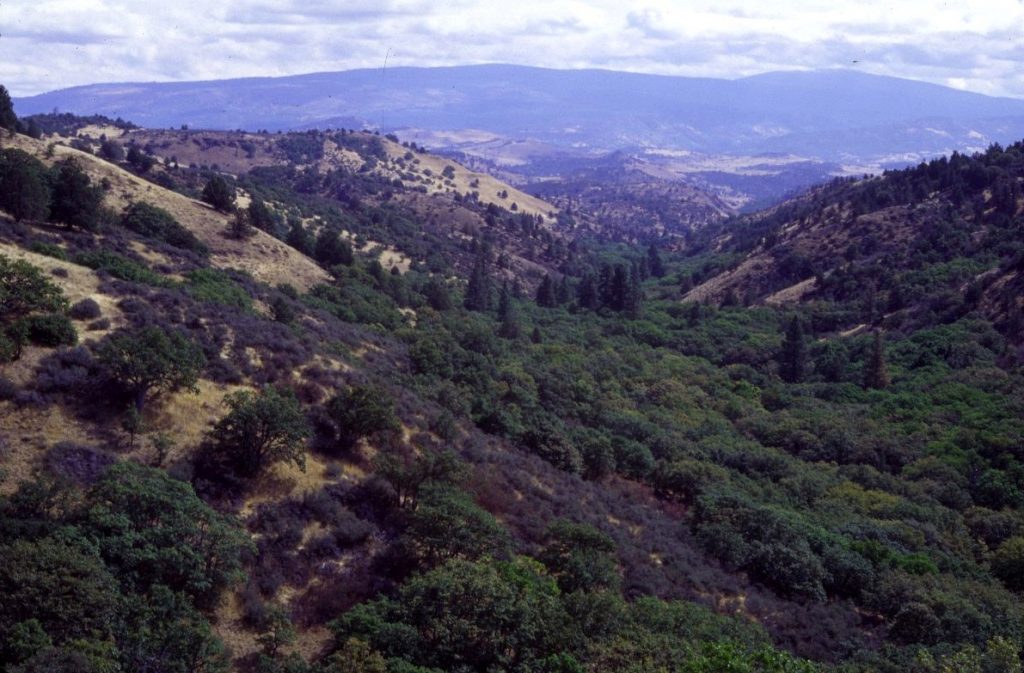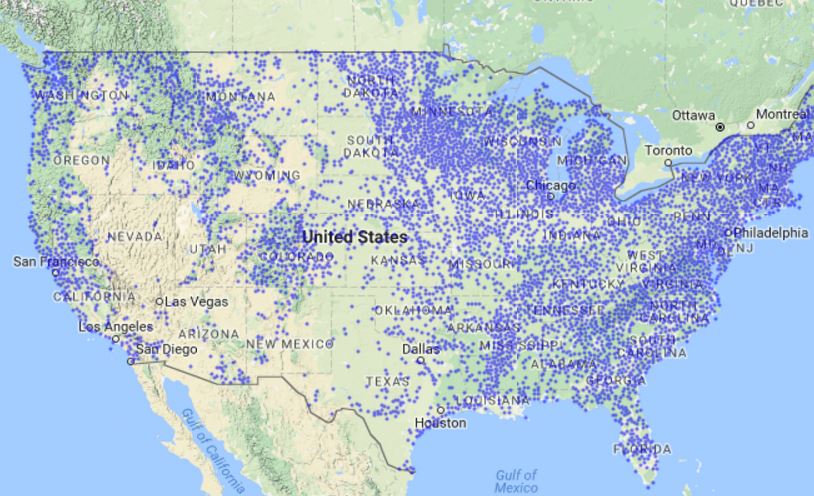Federal land agencies have managed the West like a museum for years. This hands-off management approach has resulted in watershed destruction, air pollution, and forest and wildland fires. Our communities and the environment deserve better. States have the know-how and incentives to repair decades of federal neglect by tending to the environment like the garden that it is.
FAQs complied by The Coalition for Self-government in the West
Published by Sutherland Institute
Question 1
Q: Is there a constitutional and legal basis for states to gain control over the public lands found within their borders?
A: Yes. The Utah Commission for the Stewardship of Public Lands compiled a world-class legal team of renowned constitutional scholars and litigators to examine the legal theories surrounding the transfer of public lands to the states. They determined that based on the constitutional cornerstones of the Equal Sovereignty Principle, Compact Theory and Equal Footing Doctrine, “legitimate legal bases exist to attempt to gain ownership or control over Utah’s public lands.” It was their recommendation that the commission and Legislature urge the governor and attorney general of Utah to “consider instituting litigation against the United States of America under the Original Jurisdiction of the U.S. Supreme Court.” These legal theories and arguments apply not only to Utah’s litigation efforts, but are largely applicable to other Western states as well.
Question 2
Q: Has a transfer been done before?
A: Yes. During the 19th century the federal government controlled as much as 90 percent of all lands between Indiana and Florida. Midwestern and Southern states recognized the toll this was taking, banded together and compelled Congress to pass legislation transferring federal lands to their care and management. Today, less than 5 percent of the land in these states is controlled by the federal government. The transfer of public lands to willing states is nothing new; it has a long and storied history.
Question 3
Q: Who manages lands more effectively, the federal government or Western states?
A: Federal multiple-use lands have enormous potential to generate revenues for the public good. Yet the BLM and U.S. Forest Service lose taxpayers an average of nearly $2 billion per year. In comparison, states are controlling costs and generating substantial revenues from state trust lands. From 2009 to 2013, Montana, Idaho, New Mexico and Arizona earned a combined average of $14.51 for every dollar spent managing state trust lands. During that same period federal land agencies lost money, generating only 73 cents for each dollar spent. High costs and inefficiencies have contributed to the deferred maintenance backlog of almost $18 billion for the three largest federal land management agencies combined. This threatens the environment and very resources these federal agencies were created to protect.
Question 4
Q: How will the transfer impact the environment?
A: Federal land agencies have managed the West like a museum for years. This hands-off management approach has resulted in watershed destruction, air pollution, and forest and wildland fires. Our communities and the environment deserve better. States have the know-how and incentives to repair decades of federal neglect by tending to the environment like the garden that it is. They understand the needs of the environment far better than the D.C. bureaucrats who are far removed from the land. The transfer of public lands will produce both a healthy environment and thriving communities. Our public lands should be managed by those who live adjacent and know them inside and out.
Question 5
Q: Won’t these public lands, once transferred to the states, be sold off to the highest bidder?
A: No. Public lands are a way of life and an integral part of our culture as Western Americans. Last year the Utah Legislature passed the Utah Land Management Policy Act. This piece of legislation establishes a plan for millions of acres that the state is positioned to receive from the federal government through its litigation efforts. Highlighted among its provisions is the affirmation to keep transferred federal lands firmly in the hands of the public. The law declares that “it is the policy of the state that public land be retained in state ownership.” Although the legislation does not entirely preclude the sale of transferred land, it is only under rare and isolated circumstances that former federal lands can be sold. Public hearings, environmental and economic studies, and approval by the director and board of the Division of Land Management are all required for land to change hands. For any tract of land more than 200 acres (less than a third of a square mile) the hurdle is much higher. A prospective sale of this size requires all of the above criteria plus approval by the state House and Senate and the governor. It is the intent of the state of Utah to keep these lands public, and other Western states are sure to implement a similar management plan.
In fact, if anyone is trying to sell off Western public lands, it’s Washington, D.C. On May 2, 2015, Rep. Ted Poe introduced the American Land Act (H.R. 1931), which would require the USFS and BLM to auction off 8 percent of the lands they control per year for the next five years.
Question 6
Q: Will people still be able to recreate on transferred federal lands?
A: Yes . In fact, the amount and quality of recreation is likely to increase. All Western states allow for some form of recreation on state trust lands, and trust agencies have often found innovative ways to accommodate recreational demands while meeting their fiduciary responsibilities. State parks throughout the West are also effective providers of public recreation opportunities. Although Western state parks contain only one-fifth as much land as national parks in the West, they bring in nearly 80 percent as many visitors. This popularity is in large part because states provide better types and quality of recreational opportunities than federal agencies.
The federal government has no clear method of prioritizing competing uses on our multiple-use public lands, and it struggles to meet or even establish recreation management goals. As federal land management agencies acquire more land and regulations continue to expand, recreation will continue to decline on our public lands. This makes it imperative that federal lands be transferred to those who have the resources and know how to effectively manage for recreation.
Question 7
Q: Can the states afford to manage transferred lands?
A: Yes, and quite well: The state of Utah and Utah-based think tank Strata conducted separate studies examining the management costs and how much the state of Utah would generate should lands be turned over from federal management. Both studies found that the state stands to not only cover its management costs but make millions of dollars each year. While this is partially dependent on the price of oil and gas, it should be noted that lower management costs, timber harvests, increased grazing, and more recreational opportunities contribute to this as well. The Utah Public Lands Policy Coordination Office, which oversaw the state’s report, wrote in its summary: “The study demonstrates that this can be accomplished without sacrificing the beauty of our state, the quality of our life, or the attraction of Utah to tourists and recreationists from around the country and the world.” Other states are currently conducting their own studies.
Question 8
Q: What will happen to the thousands of federal employees currently managing our federal lands once they are transferred to the states?
A: While federal oversight of our public lands will be a shadow of its former self, the need for land managers will be more important than ever. States will either expand or create new land management agencies to handle the influx of federal lands being transferred to their care. This will create a host of job openings for federal biologists, forest rangers, BLM agents, and others currently employed by the national government. Under the guidance of state land management agencies, these men and women will be better able to manage our public lands.
Question 9
Q: What will happen to the valid and existing rights (grazing, rights of way, etc.) after a transfer?
A: This is a decision that will have to be made by each state individually. However, Utah has established a excellent model. The Utah Public Land Management Act states, “Upon receiving title to a tract of federal public land, the state shall honor all pre-existing rights that run appurtenant to that tract of federal public land.” Promoting local control and rights is at the heart of the transfer movement, not restricting recreational and economic access.
Question 10
Q: How is the transfer movement different from the actions of those who occupied the Malheur National Wildlife Refuge?
A: Many Westerners are discouraged with federal mismanagement of our public lands. They see how federal management has mistreated the land, harmed individual rights, depressed local economies, and polluted the environment. The transfer of public lands movement is about embracing the American way of pursuing political change through cultural influence, legislative avenues, and judicial redress. The only way to enact constructive and long-term change is through adherence to the Rule of Law.




